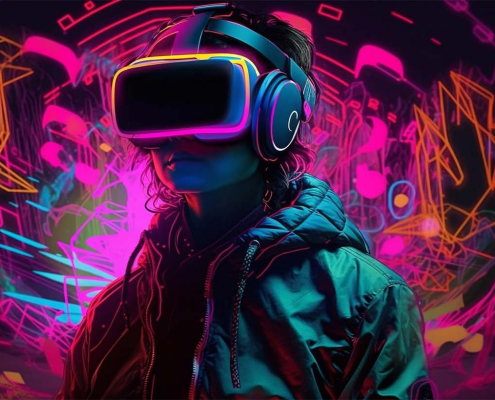Technology
Super resolution models, PyTorch
Sector
Development Service
In the realm of gaming, achieving realistic and high-quality visuals is paramount to providing an immersive and engaging user experience. However, in some cases, game developers may face limitations in rendering high-resolution images due to hardware constraints or optimization requirements. This case study explores the utilization of super resolution models to enhance low-resolution images generated in a game, thus overcoming visual limitations and elevating the overall gaming experience.
1. Enhancement of Visual Quality: Utilize super resolution models to upscale low-resolution images from the game, enhancing the visual quality without altering the original game assets.
2. Maintain Performance Efficiency: Ensure that the upscaling process does not significantly impact game performance, allowing smooth gameplay even on hardware with limited capabilities.
3. Optimize Resource Utilization: Utilize the available resources efficiently to achieve improved visual fidelity within the game’s rendering constraints.
Super resolution is a technique used to enhance the resolution and quality of an image beyond its original dimensions commonly using Convolutional Neural Networks (CNNs). In this case, we employ super resolution models to process low-resolution images generated in the game. These models learn the mapping between low-resolution and high-resolution image spaces, allowing us to produce visually enhanced versions of the game’s images.
1. Model Training: Super Resolution Model: Train a super resolution model, often based on CNN architectures like SRCNN, EDSR, or SRGAN. Loss Function: Employ loss functions such as Mean Squared Error (MSE) or perceptual loss to guide the training process.
2. Integration with the Game: Model Deployment: Deploy the trained super resolution model within the game’s rendering pipeline. Real-Time Processing: Ensure that the model can process low-resolution images in real-time during gameplay.
3. Upscaling Process: Image Processing: For each low-resolution image generated by the game, pass it through the super resolution model to obtain an enhanced high-resolution version. Integration into Rendering Pipeline: Integrate the upscaled images into the rendering pipeline, replacing the original low-resolution assets.
4. Performance Optimization Parallel Processing: Utilize parallel processing techniques to optimize the speed of image upscaling. Resource Management: Efficiently manage system resources to minimize performance impact.
The integration of super resolution models into the rendering pipeline of a low-resolution game significantly improves visual quality without requiring substantial changes to the original game assets. By leveraging machine learning and image processing techniques, game developers can enhance the gaming experience for players, achieving a balance between visual fidelity and performance efficiency. This case study demonstrates the potential of utilizing super resolution models to bridge the gap between hardware limitations and visual expectations in the gaming industry.
















